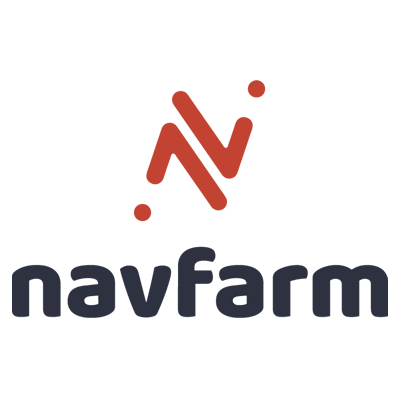
In today’s rapidly evolving agricultural landscape, multi-culture farming—the practice of cultivating more than one type of crop or livestock on the same farm—has emerged as a sustainable and profitable model. But managing such diversity isn’t simple. It requires shared resources, smart planning, and integrated systems. This is where the use of common assets plays a vital role.
At Navfarm, we believe that optimizing shared assets is the key to efficiency and sustainability in multi-culture farming. Let’s dive into how this concept works and why it’s becoming a game changer.
What Are Common Assets in Agriculture?
Common assets refer to resources or infrastructure that can be shared across different farm activities, such as:
- Water sources & irrigation systems
- Farm equipment (tractors, harvesters, sprayers)
- Storage units (cold storage, grain silos)
- Land management tools & infrastructure
- Labor & workforce
- Digital farm management software like Navfarm
How Shared Assets Support Multi-Culture Farms
1. Reduced Costs
Sharing assets across crop and livestock systems reduces capital expenditure. For example, a single tractor can be used to till soil for vegetables and to carry feed for poultry—eliminating the need for separate investments.
2. Efficient Resource Use
Centralized irrigation or fertigation systems can cater to multiple fields growing different crops, ensuring water conservation and nutrient optimization.
Sharing assets across crop and livestock systems reduces capital expenditure. For example, a single tractor can be used to till soil for vegetables and to carry feed for poultry—eliminating the need for separate investments.
3. Streamlined Management
Using integrated platforms like Navfarm’s smart dashboards, farmers can track the use of equipment, schedule tasks, and monitor health across all units—whether it’s an orchard, paddy field, or goat shed.
4. Better Sustainability
By sharing assets, multi-culture farms reduce wastage and carbon footprint—leading to a more eco-friendly operation aligned with regenerative agriculture practices.
5. Improved Productivity
When machines, land, and labor are coordinated well across cultures, the result is higher yield per acre and better returns on investment.
Role of Technology in Managing Shared Assets
Smart agriculture platforms like Navfarm make it easy to:
- Map and allocate assets dynamically based on need.
- Schedule maintenance for shared equipment.
- Track costs per unit or activity, even when resources overlap.
- Analyze productivity data across diverse crops and livestock in real-time.
Final Thoughts
In a world where land, water, and climate are increasingly scarce, multi-culture farms powered by shared assets are not just a necessity—they are the future.
At Navfarm, we’re empowering farmers to think smarter, farm better, and build resilient ecosystems by making the most of what they already have.
Explore how Navfarm can optimize your assets today. Let’s grow together.
Read this also
Navfarm Hatchery Management Software empowers poultry businesses with smart tools to optimize operations, improve productivity, and ensure sustainable growth.
